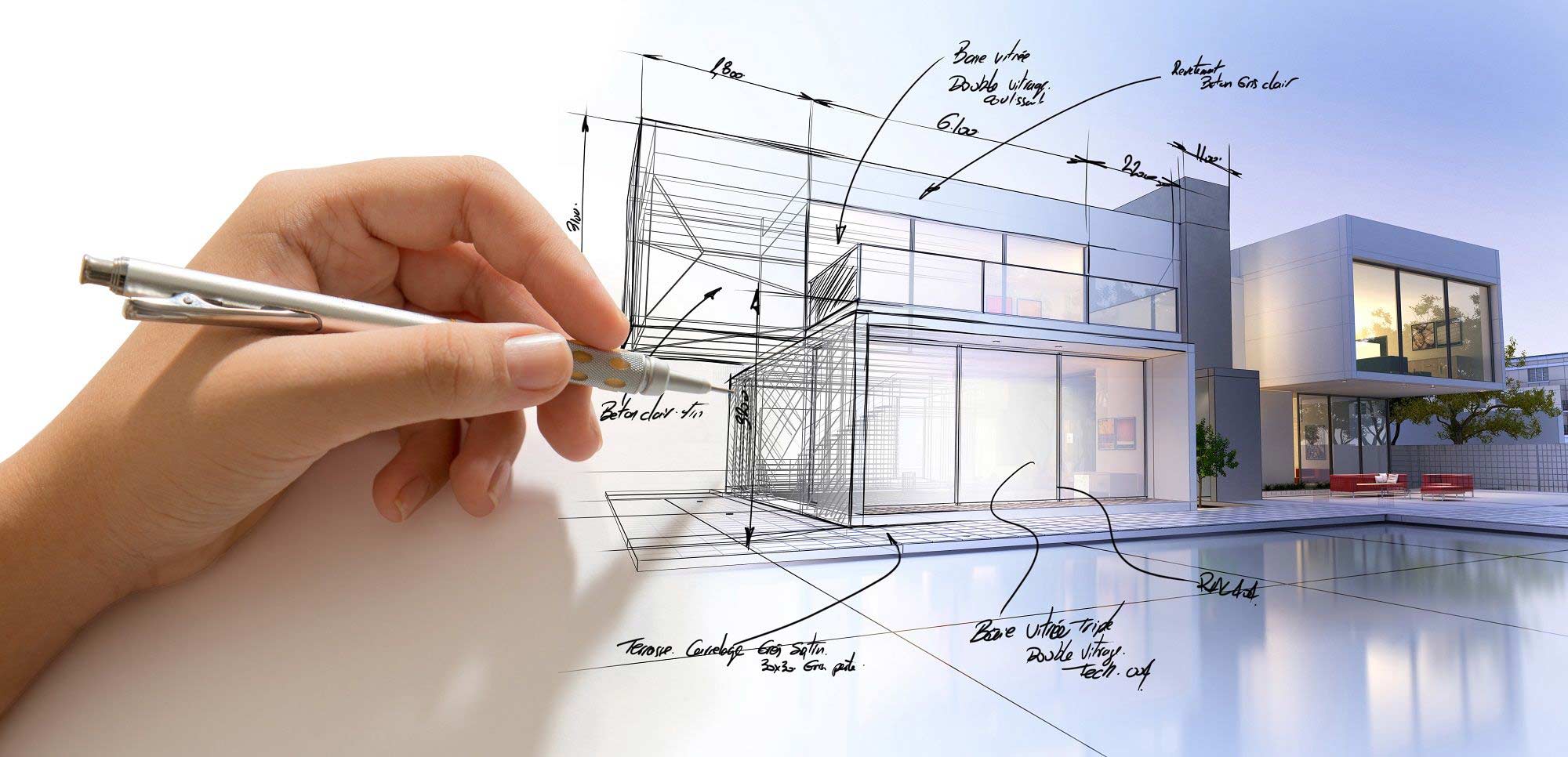The Sagrada Familia, a majestic and iconic basilica located in Barcelona, Spain, stands as a testament to the visionary brilliance of renowned Catalan architect Antoni Gaudí. This extraordinary architectural masterpiece, known for its intricate design and unparalleled grandeur, represents a unique blend of Gothic and Art Nouveau elements, captivating visitors with its intricate facades, soaring towers, and awe-inspiring interior spaces. Let’s delve into the captivating journey behind the design and construction of the Sagrada Familia:
-
Conceptualization and Artistic Vision:
Antoni Gaudí’s innovative vision for the Sagrada Familia stemmed from his deep reverence for nature, his devout Catholic faith, and his revolutionary approach to architectural design. Inspired by organic forms and natural geometries, Gaudí envisioned a monumental structure that harmonized spiritual symbolism with intricate sculptural details, creating a sacred space that would evoke a profound sense of awe and reverence.
-
Unconventional Architectural Elements:
The Sagrada Familia’s distinctive architectural elements reflect Gaudí’s distinctive style and groundbreaking approach to design. From the intricate ornamentation adorning its facades to the dynamic interplay of light and space within its interior, the basilica’s unconventional features, including its hyperboloid vaults, soaring spires, and intricate sculptural motifs, exemplify Gaudí’s commitment to blurring the boundaries between architecture and art.
-
Evolving Construction Process:
The construction of the Sagrada Familia, which commenced in 1882, continues to this day, guided by Gaudí’s original plans and designs. Despite encountering various interruptions, including the Spanish Civil War and financial constraints, the basilica’s construction persevered, supported by the dedicated efforts of successive architects, artisans, and craftsmen who have meticulously brought Gaudí’s visionary concepts to life.
-
Symbolism and Spiritual Significance:
The Sagrada Familia’s intricate ornamentation and sculptural elements are imbued with rich symbolism and religious allegory, reflecting Gaudí’s intention to communicate profound spiritual narratives through architectural form. From the ornate Nativity Facade, symbolizing the birth of Jesus Christ, to the towering Glory Facade, representing the glorification of Christ, each aspect of the basilica’s design is meticulously crafted to evoke spiritual contemplation and introspection.
-
Enduring Legacy and Ongoing Development:
The Sagrada Familia’s ongoing construction and development have transcended generations, serving as a testament to Gaudí’s enduring legacy and the unwavering dedication of the countless artisans and craftsmen who have contributed to its realization. Today, as the basilica nears completion, its significance as a UNESCO World Heritage site and an enduring symbol of Barcelona’s architectural identity continues to captivate the imaginations of visitors from around the world, solidifying its place as one of the most remarkable and enduring architectural wonders of the modern era.





